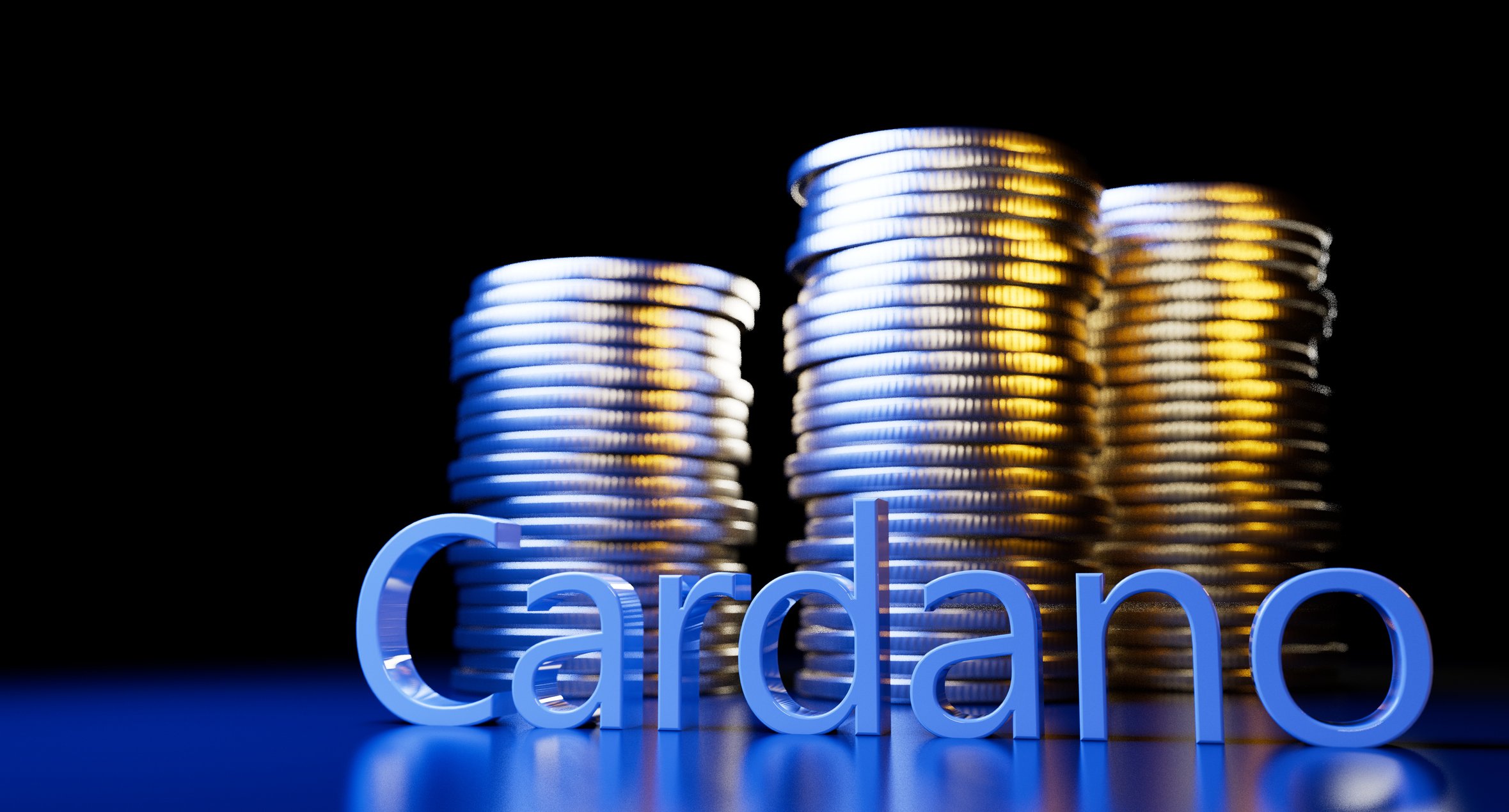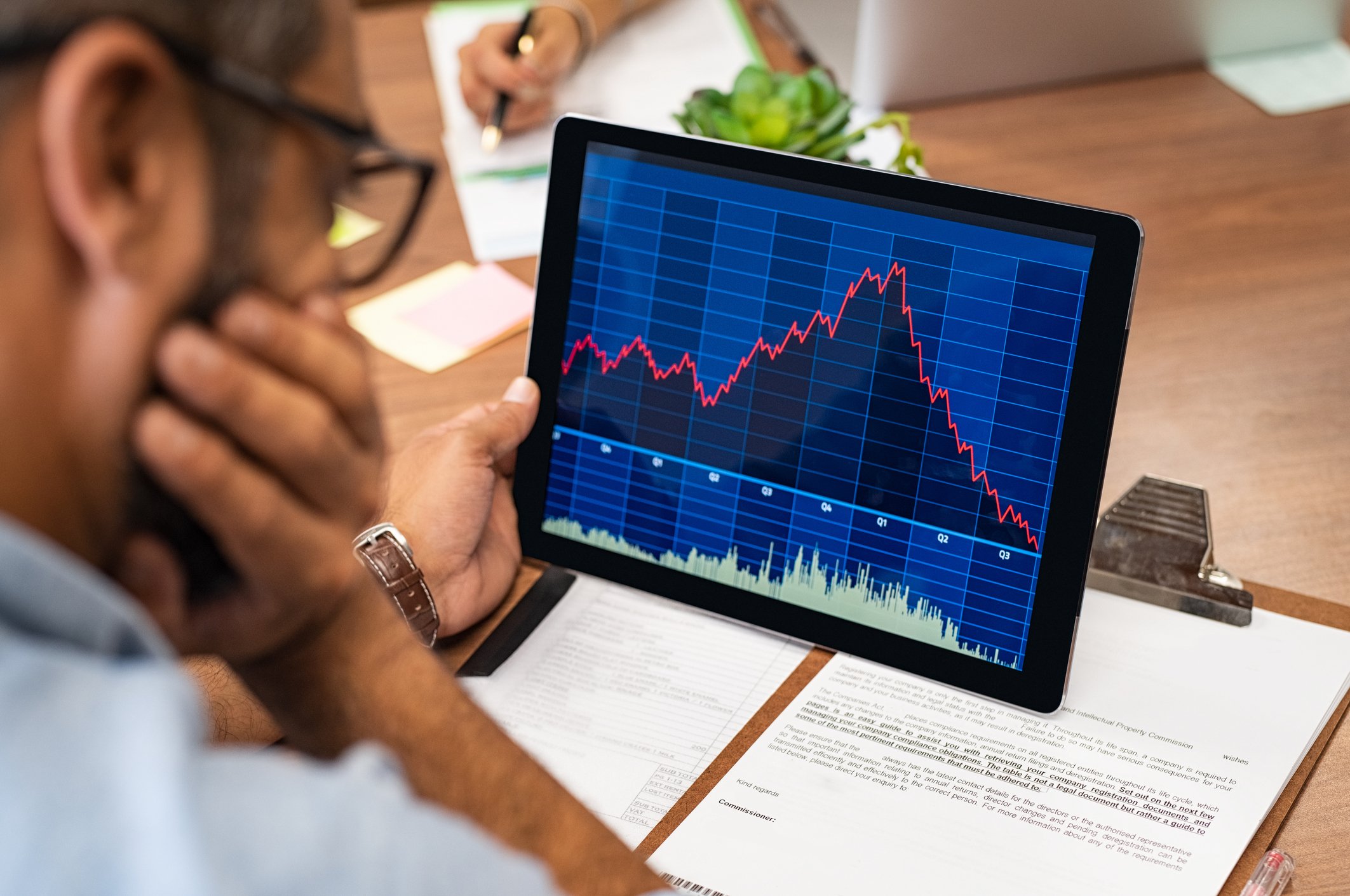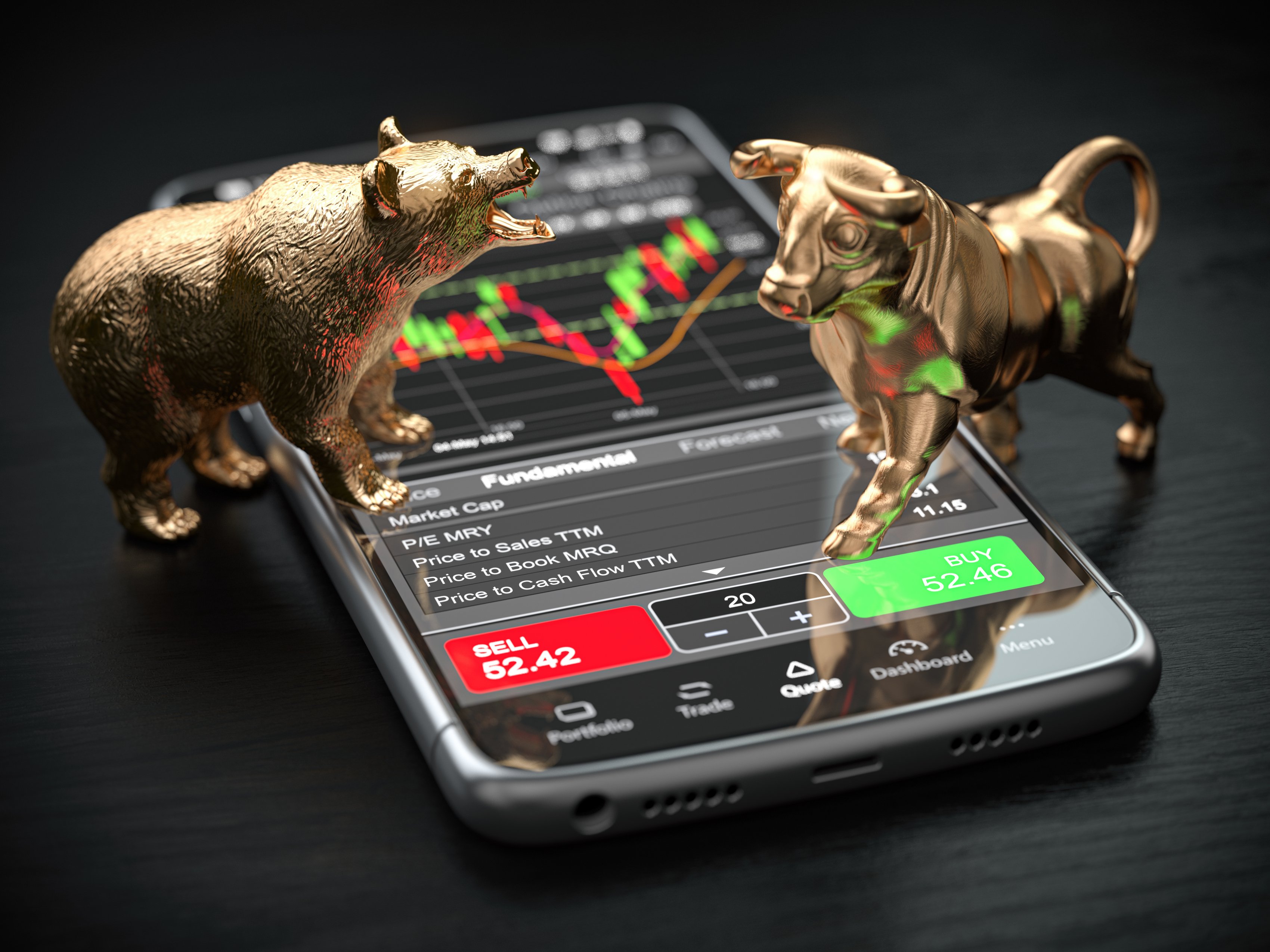Investors love to have a good 10-bagger story to tell their friends, but the market rarely hands them out on cue. Still, crypto has a way of helping hope to spring eternal.
In that vein, could it be the case that Cardano (ADA +1.89%) could turn a modest $1,000 stake into $10,000 by 2030? Let's see how the ledger stacks up.

CRYPTO: ADA
Key Data Points
Could the numbers add up here?
Today, Cardano changes hands near $0.89, giving the network a market cap of about $31 billion. To increase 10-fold, the token would need to trade at about $8.90, implying a market cap of roughly $310 billion.
That kind of leap would demand not only stellar execution from the chain's developers, but also the market to enthusiastically appreciate Cardano's fundamentals as well as its project ecosystem. And, in all likelihood, a move of that size would also require a very favorable macro environment for at least a few quarters.
Let's vet each of those factors, starting with the chain's ecosystem and fundamentals.

Image source: Getty Images.
As of right now, Cardano's entire decentralized finance (DeFi) footprint holds just $375 million of total value locked (TVL). For reference, the leading DeFi chain, Ethereum, has a DeFi TVL of more than $82 billion. So Cardano would need a 100-fold surge in on-chain activity just to get into the most distant bleachers of the ballpark of today's leader.
The chain's slow throughput, gas (user) fees, and latency aren't doing the coin any favors either.
Cardano's protocol produces a block roughly every 20 seconds, processing about 18 transactions per second (TPS) at its theoretical max throughput, making transactions a bit faster than Ethereum on average; its fees are usually (but not always) also somewhat cheaper.
In contrast, Solana can theoretically clear 65,000 transactions per second, and it routinely closes blocks in 400 milliseconds with fees of less than a quarter of a cent. Cardano's TPS may one day improve via its Layer-2 (L2) chain called Hydra, but right now Cardano processes only a few hundred TPS on the main chain, and its L2 is barely used.
The chain's fees scale awkwardly, too. The network charges a fixed fee, plus an additional scaling fee based on how many bytes of data a transaction requires. At today's price that's about $0.12 for a typical token transfer. But if the coin ever reached $8.90, the cost of a plain vanilla payment would soar to unacceptably high levels, which would hardly be competitive in a world of near-free settlement elsewhere.
In short, the economic engine that would have to propel a 10-fold move by 2030 is currently outclassed by faster, cheaper, and bigger rivals that don't face the same scaling constraints.
Strategic drift and growing headwinds
Investors also have to weigh Cardano's sense of direction to determine if it has 10-bagger potential. On this front, the picture isn't great either.
In mid-June, founder Charles Hoskinson proposed swapping roughly $100 million worth of the coin from the on-chain treasury into Bitcoin and stablecoins to create a sovereign wealth fund of sorts for the chain. The market read that as a tacit admission that alternative assets might serve the ecosystem better than its own coin. The more significant issue is that the chain does not truly excel in any one category or capability such that it could capture a significant portion of a growth segment.
Thus with little traction on the technical front, minimal DeFi uptake, and little to no competitive advantage to speak of, the odds of Cardano growing by a factor of 10 in the next five years are not great, though it's mathematically possible.
It's also true that crazier things have happened in crypto in the past.
On the other hand, the market environment looks favorable for it to go on a big run despite its disadvantages, purely on the basis of strong positive sentiment in the crypto sector and a macro setup that's skewing quickly toward higher liquidity and a frothy market. But in such a scenario, investors would still probably be better off betting on one of the faster horses.





